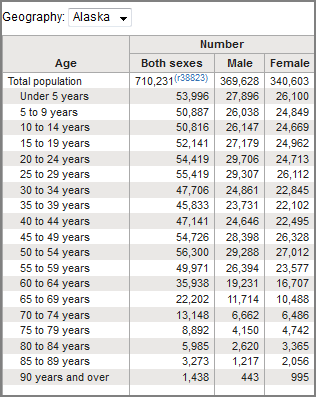AWS has been named as a Leader in the Magic Quadrant for Cloud Infrastructure and Platform Services - 2020. The AWS is placed highest in Ability to Execute and furthest in Completeness of Vision. As compared to Azure it has 4X market customers base.
Leaders Quadrant
1) AWS (2006)
2) Microsoft Azure (2010)
3) Google (2011)
Challenger's Quadrant - No cloud provider
Nice Player Quadrant -
1) Alibaba
2) Oracle
3) IBM
4) Tencent Cloud
Visionaries Quadrant- No cloud provider

AWS Vs Azure Vs Google Cloud: Market Shares and Growth Rate
In terms of cloud market, AWS has been the market leader since beginning. If you take a look at the following graph, it clearly depicts that:
- AWS is leading with around 30 percent of public cloud share and rest i
- Microsoft Azure is on the second place, owning around 16 percent of the worldwide market share.
- Google, on the third place, owns up to 10 percent of the market share worldwide.
- AWS has 5 years advantage over GCP & Azure.
- AWS is has better reach and available across more zones than GCP and Azure
- AWS has one-third of market shares in its name and is clear leader
- AWS has good growth rate but GCP is closing on with 100 percent growth
- Services offering of AWS, Azure, GCP :
- When it comes to the number of services, the winner is AWS.
- Regarding the integration with open-source and on-premise systems, such as MS tools, that are mostly used in almost all organizations, the winner is Azure.
- Pricing Models: Google Cloud has most economical pricing but Azure and AWS are quite close and AWS has more features and services as compared to GCP.




